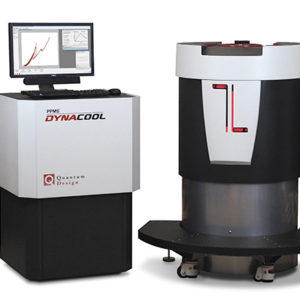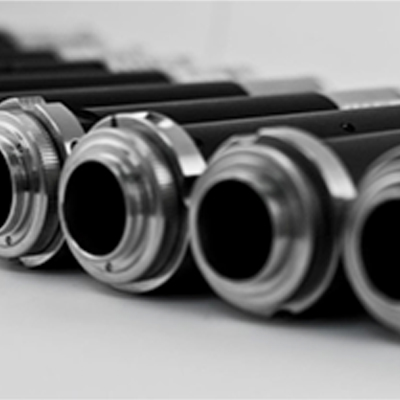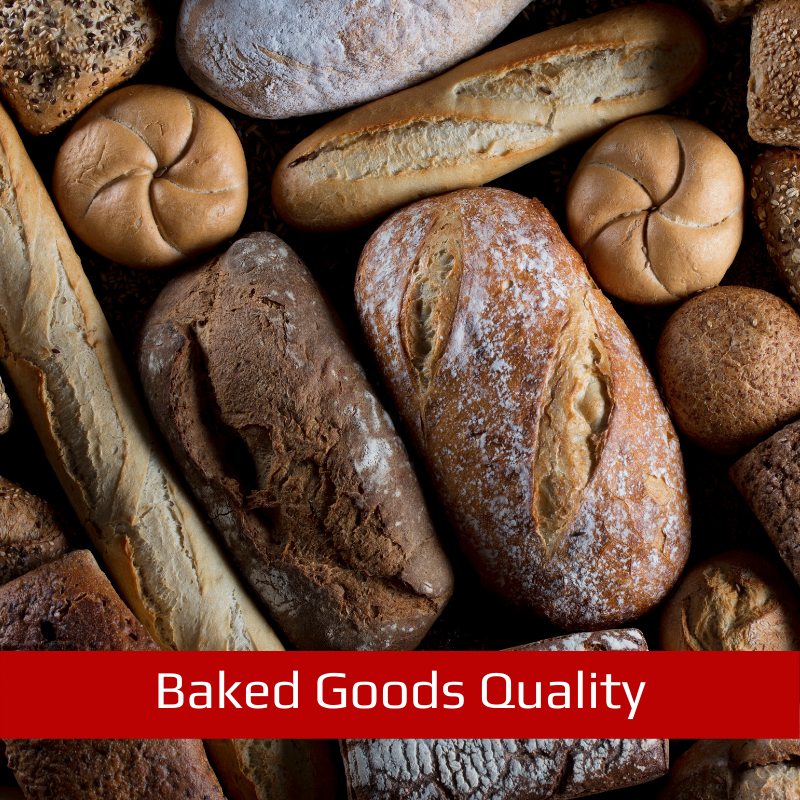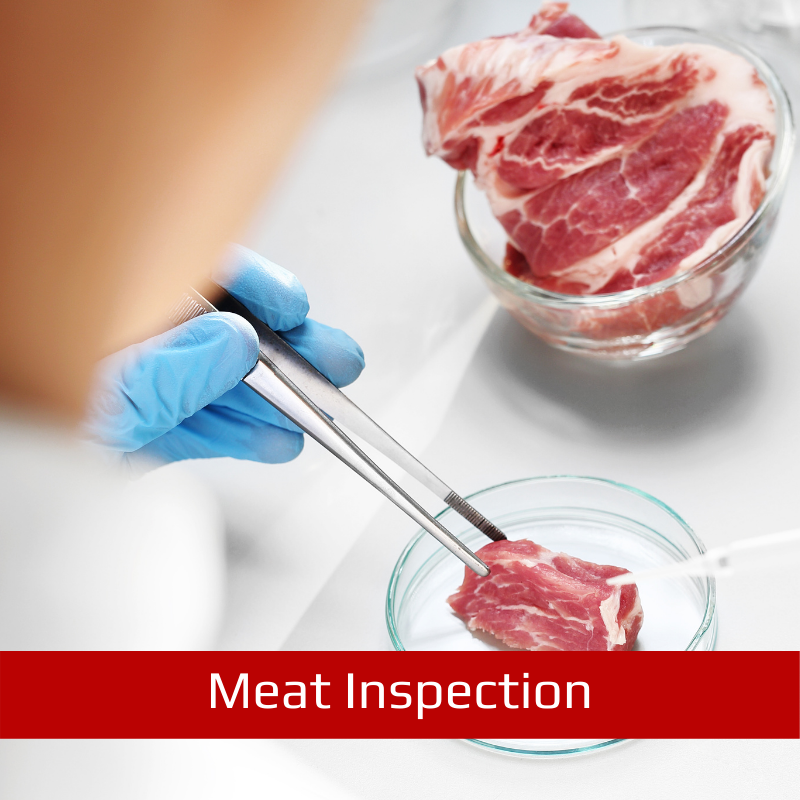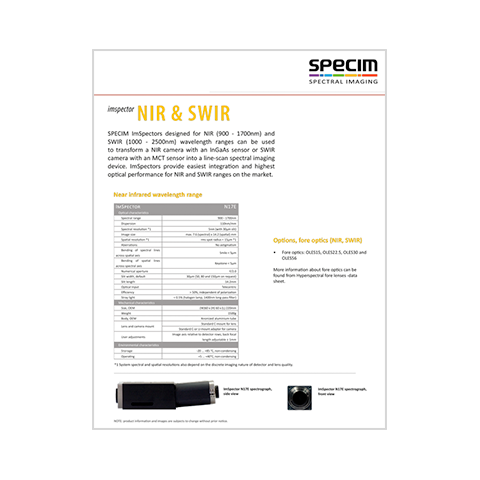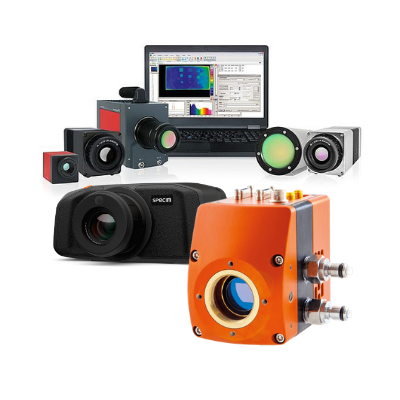- Features
- Models
- Videos
- Downloads
- Applications
- Related Products
- Contact
- Back To Spectroscopy
- Back To Optics
- Back To Hyperspectral
- Back To Cameras
- Back To X-Ray
- Back To Light Measurement
- Back To Characterisation
- Back To Electron Microscopy
- Back To Magnetometry
- Back To Ellipsometers
- Back To Cryogenics
- Back To Lake Shore
Specim Imaging Spectrographs
Imaging Spectrographs for VIS, VNIR, NIR, SWIR and MWIR thermal range
There are three main components of a spectral camera; 1) Fore objective lens, 2) Imaging Spectrograph and 3) 2D detector. All the commercial systems from Specim incorporate each of these three elements. However, it may be that you already own a 2D detector and a suitable lens. Therefore, the main component you require to start making spectral measurements is the imaging spectrograph.
MODELS:
- ImSpector V8
- ImSpector V10H
- ImSpector V10E
- ImSpector N17E
- ImSpector N25E
In this case, we can provide an imaging spectrograph optimised for a particular spectral range (matched to that of the existing 2D detector). There are no moving parts within the spectrograph and they all use standard C-mount lens interfaces.
FEATURES
- Different models optimised for the VIS, VNIR, NIR and SWIR
- Insignificant or no astigmatism
- Very low smile and keystone aberrations
- Multiple slit widths available (depending on spectral resolution required)
- No moving parts
- Integration of order blocking filters possible
- Fibre optic option for input (multi-track imaging)
MODELS
There are three main components of a spectral camera; 1) Fore objective lens, 2) Imaging Spectrograph and 3) 2D detector. All the commercial systems from Specim incorporate each of these three elements. However, it may be that you already own a 2D detector and a suitable lens. Therefore, the main component you require to start making spectral measurements is the imaging spectrograph.
In this case, we can provide an imaging spectrograph optimised for a particular spectral range (matched to that of the existing 2D detector). There are no moving parts within the spectrograph and they all use standard C-mount lens interfaces.
FEATURES:
Different models optimised for the VIS, VNIR, NIR and SWIR
Insignificant or no astigmatism
Very low smile and keystone aberrations
Multiple slit widths available (depending on spectral resolution required)
No moving parts
Integration of order blocking filters possible
Fibre optic option for input (multi-track imaging)
MODELS:
ImSpector V8
ImSpector V10H
ImSpector V10E
ImSpector N17E
ImSpector N25E




